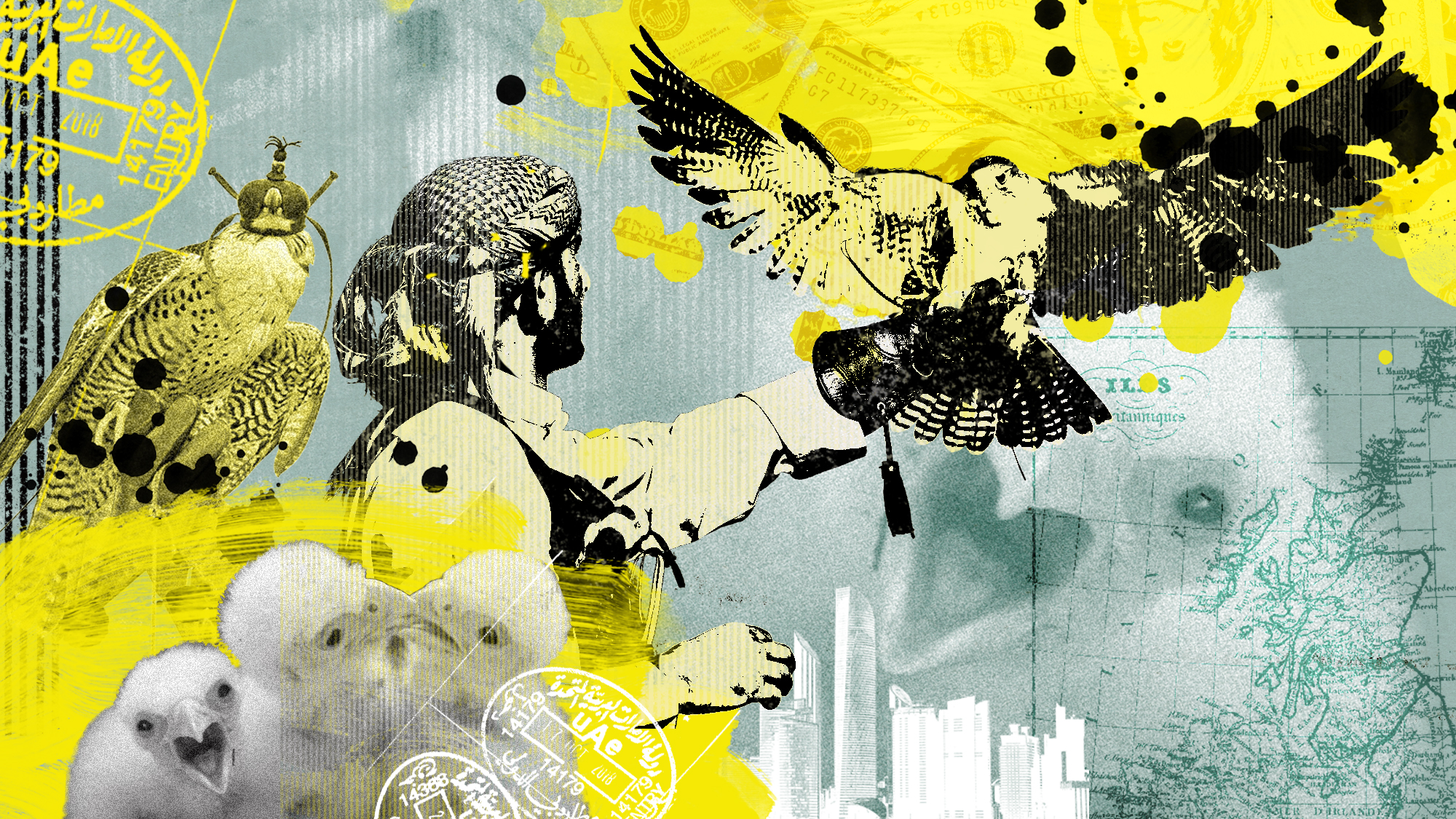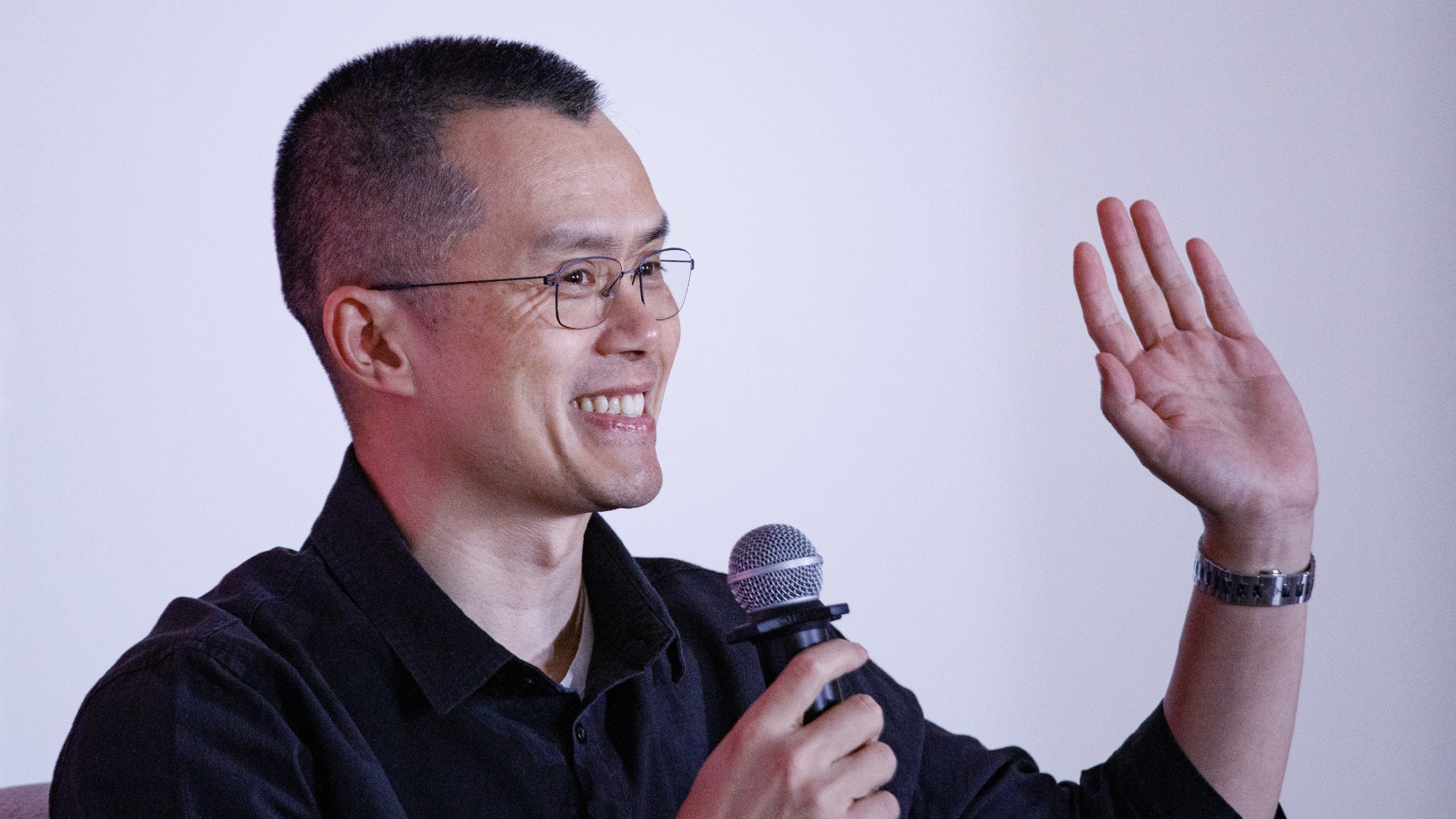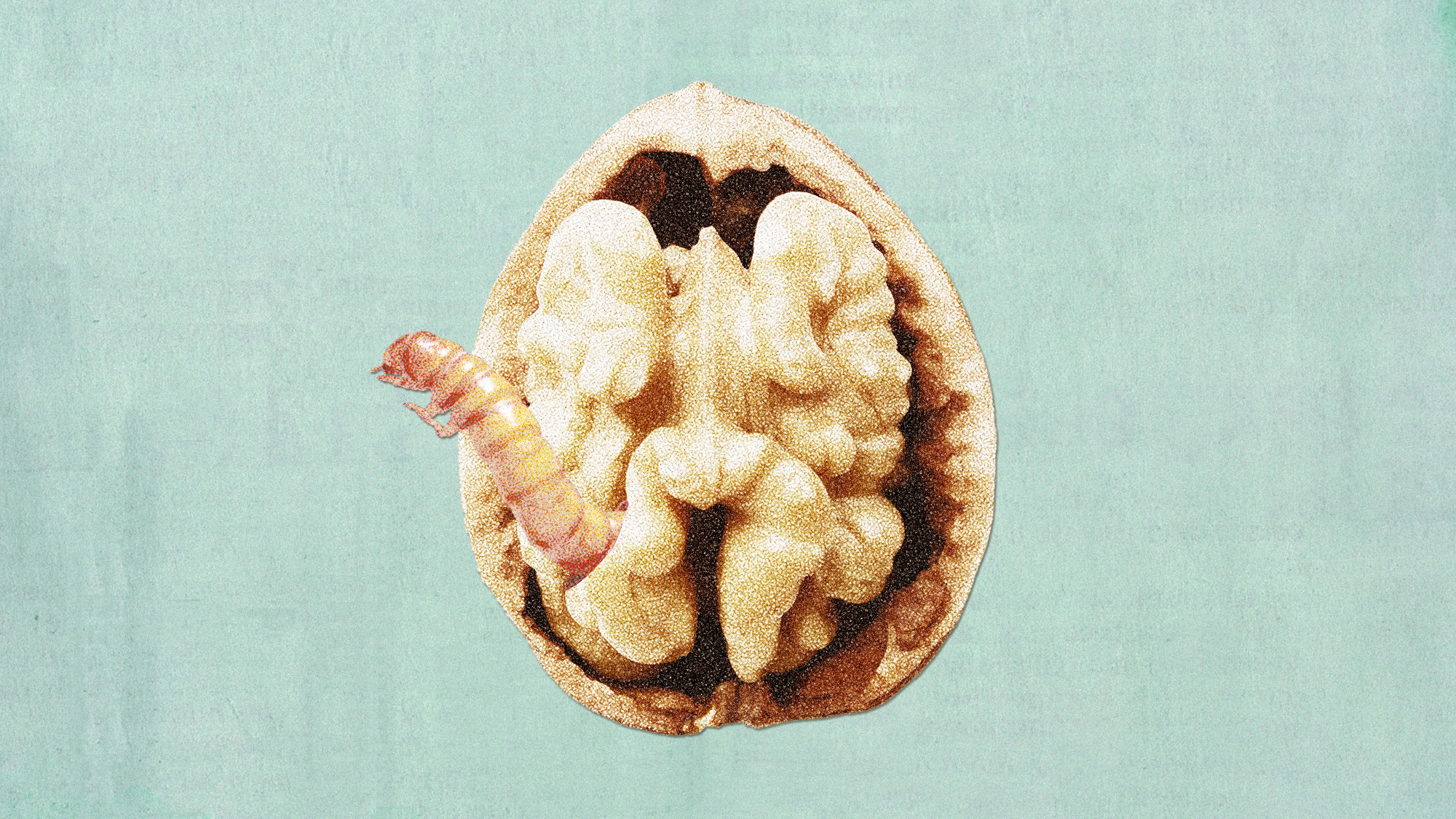‘Afro Muses’
Women’s elaborate updos shift to ponytails or butterfly wing constructions, while men grow and lose beards and Afros.
The imagined people in Chris Ofili's watercolors assemble like a crowd of elders, said Bridget L. Goodbody in Time Out New York. Around 180 of them cover the walls in the Studio Museum in Harlem. The women face forward, like saints and icons, while the men are seen in profile, like ancient Egyptian figures. They all 'œwear brilliantly colored clothes that resemble both African textiles and Rorschach blots.' Ofili's portraits of black people avoid an exoticizing gaze. 'œInstead, untainted by racism, they look like family portraits, vivid and timeless.'
Ofili's exhibition of watercolors is 'œthis spring art season's rapturous sleeper,' said Michael Kimmelman in The New York Times. The British artist completes several watercolors every day, as warm-up and meditation, to prepare him for the more taxing, less intuitive medium of oil painting. These works are born of routine, and 'œout of routine comes inspiration.' While the cameolike heads look similar, none are exactly alike. Women's elaborate updos shift to ponytails or butterfly wing constructions, while men grow and lose beards and Afros. Like a well-known tale repeated by an expert storyteller, each iteration conveys 'œsomething about the nature of variety in life, which can be subtle.'
Newsday
The Week
Escape your echo chamber. Get the facts behind the news, plus analysis from multiple perspectives.

Sign up for The Week's Free Newsletters
From our morning news briefing to a weekly Good News Newsletter, get the best of The Week delivered directly to your inbox.
From our morning news briefing to a weekly Good News Newsletter, get the best of The Week delivered directly to your inbox.
A free daily email with the biggest news stories of the day – and the best features from TheWeek.com
-
 The elite falcon trade in the Middle East
The elite falcon trade in the Middle EastUnder the Radar Popularity of the birds of prey has been ‘soaring’ despite doubts over the legality of sourcing and concerns for animal welfare
-
 A running list of the international figures Donald Trump has pardoned
A running list of the international figures Donald Trump has pardonedin depth The president has grown bolder in flexing executive clemency powers beyond national borders
-
 Mixed nuts: RFK Jr.’s new nutrition guidelines receive uneven reviews
Mixed nuts: RFK Jr.’s new nutrition guidelines receive uneven reviewsTalking Points The guidelines emphasize red meat and full-fat dairy
-
If/Then
feature Tony-winning Idina Menzel “looks and sounds sensational” in a role tailored to her talents.
-
Rocky
feature It’s a wonder that this Rocky ever reaches the top of the steps.
-
Love and Information
feature Leave it to Caryl Churchill to create a play that “so ingeniously mirrors our age of the splintered attention span.”
-
The Bridges of Madison County
feature Jason Robert Brown’s “richly melodic” score is “one of Broadway’s best in the last decade.”
-
Outside Mullingar
feature John Patrick Shanley’s “charmer of a play” isn’t for cynics.
-
The Night Alive
feature Conor McPherson “has a singular gift for making the ordinary glow with an extra dimension.”
-
No Man’s Land
feature The futility of all conversation has been, paradoxically, the subject of “some of the best dialogue ever written.”
-
The Commons of Pensacola
feature Stage and screen actress Amanda Peet's playwriting debut is a “witty and affecting” domestic drama.